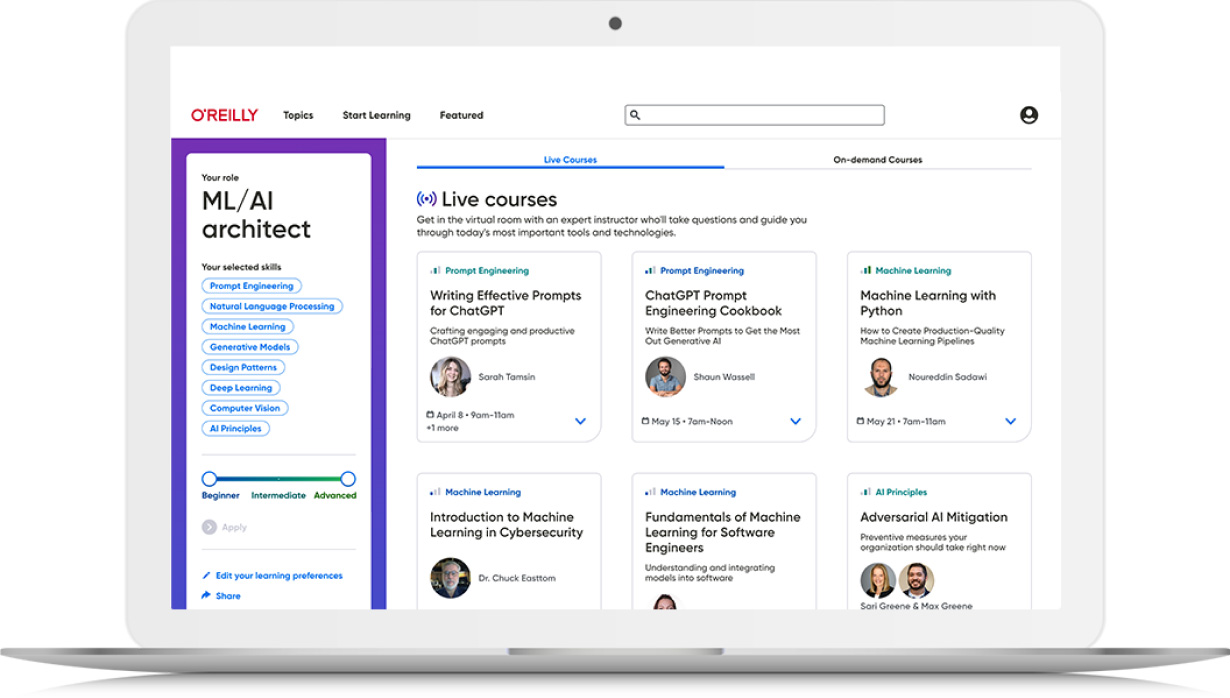Video description
3+ Hours of Video Instruction
Overview
Implementing effective monitoring in Amazon Web Services (AWS) requires a fundamental understanding of several services and features in the ecosystem. AWS Monitoring Strategies Livelessons was specifically created to focus on monitoring in AWS to explain the various tools available in the AWS ecosystem for monitoring, including performance, availability, log, and security monitoring features.
You might also like
video
Continuous Security on AWS (The DevSecOps on AWS Series)
Almost 4 Hours of Video Instruction Create a continuous security posture by defining all your AWS …
video
AWS Account Setup Best Practices
2+ Hours of Video Instruction Overview AWS Account Setup Best Practices LiveLessons identifies best practices and …
video
Using AWS Sagemaker
Learn to use AWS Sagemaker Studio to build ML solutions. Example covered include Autopilot, Platform Overview, …
book
AWS Security Cookbook
Secure your Amazon Web Services (AWS) infrastructure with permission policies, key management, and network security, along …

